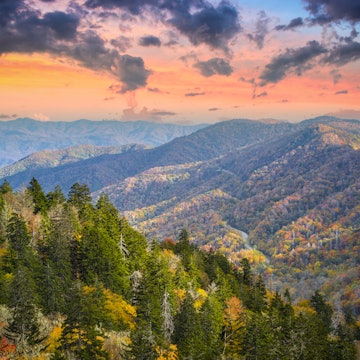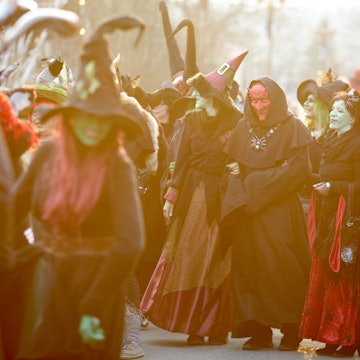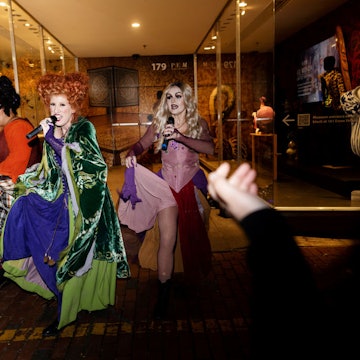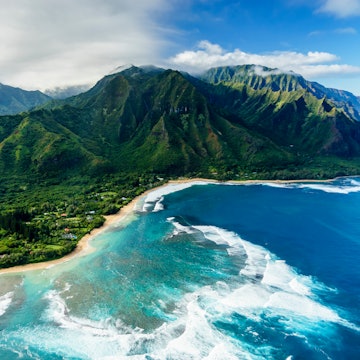
What travelers need to know about the Lahaina Fire, water rights and Native Hawaiians

Jul 20, 2024 • 8 min read

In the aftermath of the Lahaina fire, it is even more important to understand how Native Hawaiian land rights and culture are intertwined with water use © Alamy
This article is adapted from an essay written by Savannah Rose Dagupion for the Maui Guidebook due to publish August 2024.
Between the ridges of the West Maui Mountains and above the town of Lahaina is the Kauaʻula Valley, home to numerous Native Hawaiian families – including the Palakikos.
The Palakikos live on their ancestral land, a property accessible by dirt roads and surrounded by lush native trees and plants. The sound of trickling water resonates as it flows through their kalo (taro) patches, fed by the adjacent stream. The water is cool and fresh, coming straight from the mountain above. According to Daniel Ku’uleialoha Palakiko, “The sun’s rays greet us every morning from over the slopes of Mauna Kahalawai. Then it says goodnight as we watch it set beyond the ocean horizon.”
But according to residents, living in this valley asks for more than having a secluded area where you can build your house and raise a family. “The area requires more of a vigilant protectorship of our various rights [as Native Hawaiians],” Palakiko explains. Because their property runs along the river, the Palakikos work with federal agencies to prevent water overuse and mismanagement. The family also ensures their Native Hawaiian access and gathering rights are used to mālama (take care of) the ʻaina (land).
Conversations surrounding Native Hawaiian rights, development, and water mismanagement and diversion have only grown in the wake of the devastating Lahaina Fire. Palakiko has been working to aid families and educate the public on how the recent disaster boils down to water rights.

The background, according to Palakiko
The biggest scourge on Native Hawaiians and their land came during the plantation era, when water management fell into the hands of plantation owners. Once Kamehameha I had united all the islands into the Hawaiian Kingdom in 1810, many foreigners noticed the value and beauty of Hawai'i’s land. They started businesses here and introduced concepts such as land ownership and leasing – a contrast to the Hawaiian worldview, in which no one owns the land and everyone does their part to take care of it.
In 1848, the Great Māhele occurred, changing Hawaii’s landscape forever. Land was divided and redistributed due to foreign influence, and although King Kamehameha III attempted to protect Hawaiian lands, foreigners took ownership, marking the start of the plantation era.
According to Palakiko, “These Western minds realized that we had all this verdant ʻaina that could be utilized in large-scale agricultural efforts…Because of the plantation era, a lot of concepts that we as kanaka maoli [Native Hawaiians] weren’t familiar with [were] suddenly taking precedence, [like] accessing land as a resource to make money.”

Palakiko’s family is no stranger to the hardships of the plantation era. Previous generations were driven off the ancestral land. Plantation owners went to the Palakikos with the intention of claiming their land and water resources for agriculture, in exchange for money. When the Palakikos declined, the plantation owners didn’t take no for an answer.
“As the mo‘olelo (story) is passed down to us, they basically told [my family], ‘We’re going to block the river up in the mountain…and the water is going to get very high. Then we’re going to blow that dam, and a big wave of water is going to come down the valley. And if you’re on your land when it does, you’re going to get washed away with the water,’” Palakiko says. “Sure enough, that’s exactly what happened. My family vacated under the threat of personal injury and death and were driven from the land.”
After years of being excluded from their ancestral land, Palakiko’s father went through the legal process to reclaim and repatriate the property.

The fight over water
Once foreign businesses and plantation owners got hold of the land, agriculture and sugarcane took Maui’s economy by storm. But with this economic boom came the desecration of the land and resources that Native Hawaiians had spent centuries taking care of. Palakiko explains: “Deforestation and our declining ecosystem and resources on the west side are the result of commercialism, agriculturalism, mass production for profit. Basically, that whole plantation era, in one fell swoop, in that one generation, took our islands from the pinnacle of balance in the ecosystem and decimated them to the current conditions.”
At the core of the environmental problem is water. After gaining access to and ownership of the land, foreign businesses diverted streams and tapped into groundwater for mass-scale crop production, sucking the land dry. Then, the arrival of mass tourism – with its sprawling resorts and golf courses – used even more water, causing the island to spiral into drought. The tourism-based economy pushed out the plantation era, with nothing but dry land left behind.

Lahaina’s history, according to Palakiko
Lahaina was once called Malu Ulu O Lele (“Beneath the Shade of the Ulu Trees of Lele”) due to the widespread ulu (breadfruit) groves that spanned the landscape. Ulu trees are drought-tolerant, don’t require a lot of water and have large leaves that create shade, allowing grasses and ferns to thrive in a lush environment. Palakiko explained how the first Western accounts of Lahaina referred to it as a verdant garden, a thriving ecosystem. In modern history, Lahaina is known as the hotter side of Maui, where dry brush and dead plants span the landscape.
Massive fields that once grew the thirsty sugarcane crop are now left empty.
Despite Lahaina’s arid conditions, Palakiko believes that restoration is possible with care and the implementation of Native Hawaiian practices. “Long before there was a university…kanaka already had a university: we lived on the ‘aina and we learned how to balance with the ʻaina.
“Some of the amazing technologies, agricultural-wise, were ahead of their time – we were at the peak of human innovation and technology and advancement, and this is a people isolated in the middle of the Pacific. The point being, we as kanaka maoli are saying, ‘We don’t need for you to tell us by Western science, this is not going to work. We’re telling you by cultural science and tradition that this can work. You just have to have proper balance and management again.’”

The great water debate
The wildfire of August 8, 2023, ravaged the town of Lahaina and was one of the deadliest in the history of the USA. The dry landscape and the area’s fierce winds, coupled with the effects of Hurricane Dora, allowed the fire to claim the lives of many, burn at least 2200 buildings, and displace the town’s population. According to Palakiko, the wildfire has negatively impacted water conservation.
Prior to the fire, developers would use the lack of affordable housing for Native Hawaiians and locals as an excuse to keep developing, despite new development being out of financial reach for residents. Now that so much housing has been destroyed, developers are pushing their agenda once again. Locals and Native Hawaiians, meanwhile, are emphasizing the importance of prioritizing water restoration and land revitalization. “[Developers] are not recognizing that when you go to someplace and you start a community, if you tap the community dry of all of its resources...eventually, you’re going to exceed the maximum yield of the natural resources,” Palakiko says.

Palakiko goes on to say that proper land restoration would allow future generations to live in the area, on better land. “Water’s first priority is to give life,” he adds. “And the first place that it needs to give life is to the ʻaina because if the ʻaina is in balance, then we as kanaka, human beings who live on the ʻaina, will thrive better.” According to Palakiko, developers are claiming that water activists are hindering the progression and health of local people because they are preventing developers from providing necessary housing.
“The hardest part when you talk about natural resources – and primarily, in this case, water – is that how people feel is dependent predominantly upon their perspective of where natural resources sit in the hierarchy of importance in life,” says Palakiko.

The aftermath
After the fire, many grew frustrated with the slow response and lack of government support. Palakiko and his family stepped up and worked on reinforcing houses, organizing fundraising and donations, and spearheading community meetings with experts and lawyers to guide victims on how to receive aid and prevent their properties from foreclosure. “If there’s any final thoughts, it’s just to revert back to trying to create something that allows the world to come and enjoy Hawaii with a fuller understanding and respect and heart for the Native Hawaiian perspective,” Palakiko says.
He acknowledges that tourism is the prevailing industry in Hawai'i and said it would be beneficial for locals and Native Hawaiians to build camaraderie with tourists – and for them to become part of the movement. “If we’re going to get tourism – which we are probably gonna always have in some way, shape or form – let’s educate those who come here as visitors,” he says.
“In [the] Hawaiian concept, there’s only two words for human relationship: you are either malihini, I don’t know you; or you’re ʻohana, I know you. You can leave a malihini or come knowing that, should you take the time to invest in getting to know who we are as a people, you can transcend out of the level of malihini-ship, into the level of ʻohana-ship.”















